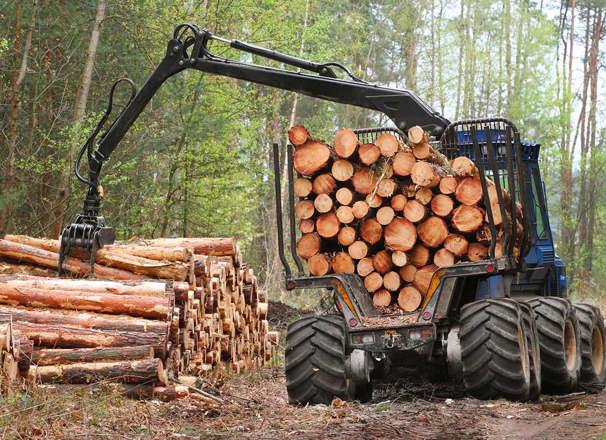Federal and provincial correctional centres house individuals who have been:
- Charged and awaiting trial
- Sentenced
- Found in violation of release conditions and placed back into custody
Whether an individual is assigned to a federal or provincial correctional centre depends on their situation. For example, those who have been sentenced to 2 years less a day stay at provincial facilities, while those with longer sentences stay at federal facilities.
Correctional peace officers work at federal or provincial correctional centres to maintain a safe and secure environment for the individuals staying there. They also ensure the safety of centre staff and the public. Their duties vary depending on the correctional institution and the programs offered.
Correctional peace officers enforce laws, regulations, policies, and rules to maintain a safe environment in the facility. They:
- Observe behaviour using dynamic security practices such as communication and personal interactions with clients
- Observe behaviour through static security such as electronic monitoring and cameras
- Conduct security searches of individuals, cells, vehicles, buildings, visitors, and staff members
- Act as primary responders to emergencies, such as security incidents, medical emergencies, fire, escape attempts, or outbreaks of violence
Correctional peace officers also contribute to a client’s casework to help a client move towards rehabilitation. They:
- Ensure security in minimum-security, medium-security, maximum-security, and multilevel institutions
- Act as positive role models for clients
- Foster positive relationships with clients
- Prepare observational, disciplinary, search and seizure, evidence handling, and casework reports
- Maintain accurate and complete records
- Work as part of a case-management team with program support staff such as parole or probation officers, educational instructors, or psychological and spiritual support staff
They may also escort clients to other institutions, courtrooms, hospitals, and worksites.



